While managing effluent with machinery is the industry-accepted way of dealing with what can be an unpleasant job, Forward Farming biological farming consultant David Law says there is an alternative way that is not only inexpensive, but reduces greenhouse gas output by 67 per cent.
“The industry has led farmers to believe mechanical management of effluent is the only way. It does work, but it is costly and only deals with the symptoms of an unhealthy effluent pond.
“Mechanical management of effluent also does nothing to enhance the environment, whereas biological management of effluent reduces methane and nitrous oxide, which are greenhouse gases, by 67 per cent,” he says.
“Managing effluent with machinery is not necessarily the only way.”
A report published by the University of Lancaster in 2010 showed slurry, or effluent, treated with Slurrybugs aerobic bacteria showed a 67 per cent reduction in greenhouse gas emissions after five weeks.
In a healthy effluent pond, aerobic bacteria thrive and naturally digest solids, creating clear, processed effluent that is ready for soil to absorb.
Thick crust
“However, many effluent ponds are dominated by anaerobic bacteria, for a variety of reasons, and have a thick crust on the top,” David says.
He says the cost of traditional mechanical systems including solids separators, weeping walls and stirrers used to liquefy effluent can run into the tens of thousands of dollars to purchase, maintain and run.
Coupled with an irrigation system, farmers essentially have two effluent systems with the potential to malfunction.
However, the alternative, which enhances natural biological processes and only requires a pond and a pump, (see illustration) is a long-term solution costing a fraction of the price, with real benefit to the environment.
Lack of understanding
David says until now, there has been no real understanding of the way effluent works.
“Using a mechanical system is saying ‘no’ to biology,” he says.
“We now know that stirring or separating water away from solids disallows the beneficial bacteria to flourish and do their job of digesting the solids, processing effluent and readying it for pasture.
“A pond sitting at rest with no stirring displays the true physical characteristics of the effluent.
“However, a pond that uses a solids separator or a weeping wall system may be difficult to read, so in this case, a pH test will indicate whether your pond is dominated by aerobic (good) or anaerobic (bad) bacteria; a pH of 7.4 is ideal.
“The biological solution is not only permanent and cost-effective, at around one tenth of the price of purchasing effluent management machinery, but is of great benefit to the environment – and that should be a major consideration for farmers.”
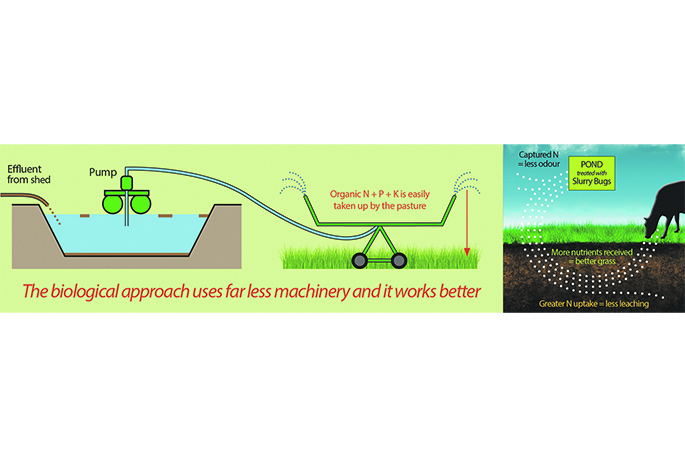



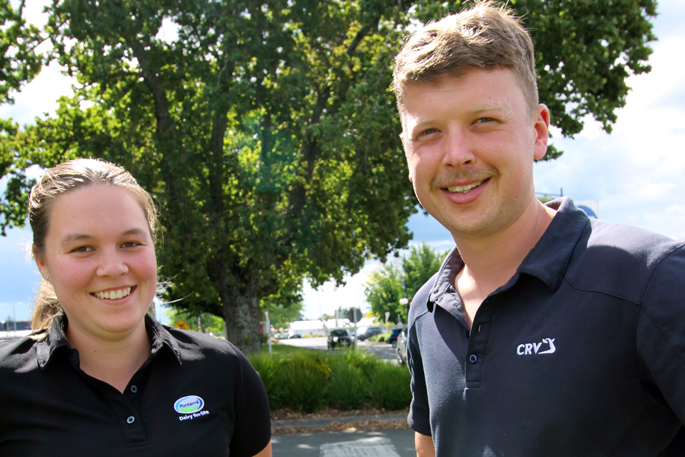
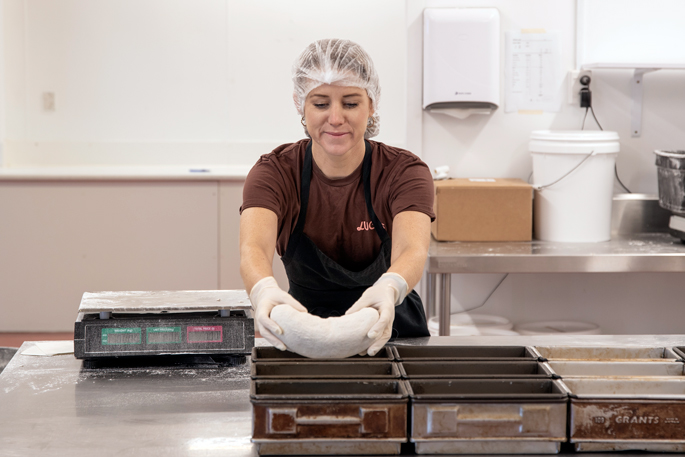
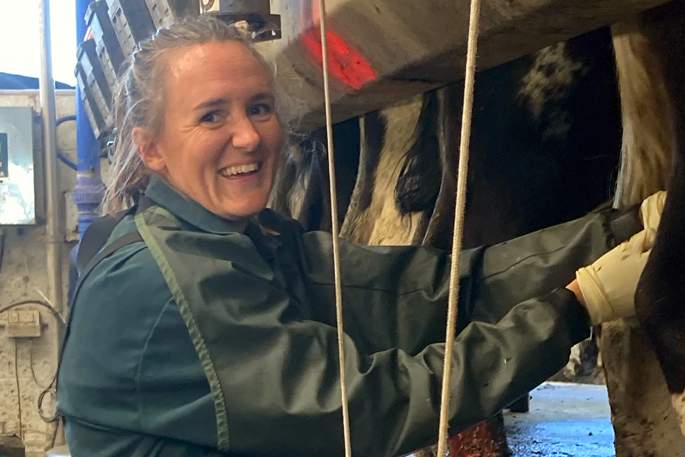
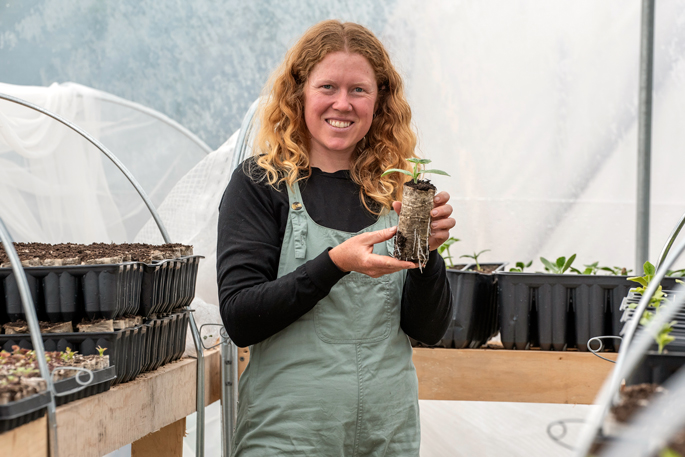
0 Comments
Leave a Comment